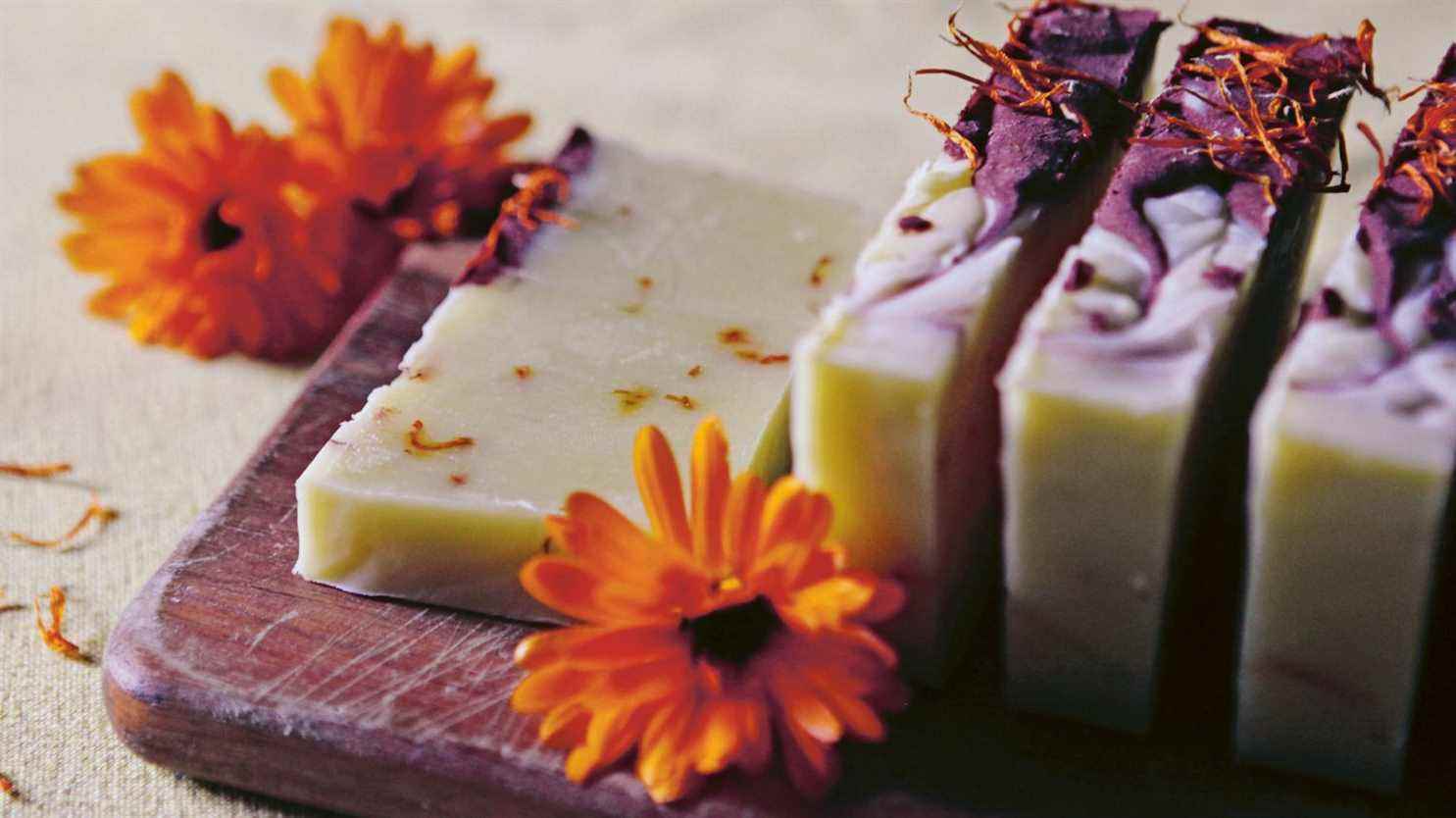Lavender, rosemary, flax, cornflower, chamomile, nettle, St. John’s wort, these plants are very common in our gardens or in pots on our balconies.
You can use all these plants to make soaps, face masks or body lotions.
All you need are simple recipes that include three or four ingredients, no more. This is what Aurélie Valtat proposes in her book Make oils, soaps, toothpastes from local plants.
The key to healthy skin, super white teeth and great savings: “Ihe cosmetics that you buy on the market contain about 15% active ingredients. The rest is water! When you do it yourself, you can use what you have on hand and, if you have to buy organic ingredients, you will often have access to much more concentrated products.
“The homemade products are very effective. They are also good for the wallet!”
Aurelie Valtatat franceinfo
Aurélie Valtat estimates her budget for cosmetics at 200 or 300 euros per year (excluding make-up), a much lower budget than that of the French. For example, French women spend an average of 250 euros each year on make-up products alone (Source: beauty figures 2021-2022)

If lavender perfumes drawers and cupboards, it also has healing properties and quickly makes small acne marks disappear. Rosemary is an excellent scalp tonic. It allows to have less dandruff. Calendula is used to make an oil with which to massage the fragile skin of babies.
Aurélie Valtat also honors a plant that we generally don’t like too much: “The nettle is a magical plant. In cosmetics, it is used for its remineralizing and fortifying power. It is therefore an excellent plant for restoring the hair, fortifying the scalp and facilitating hair growth. When the leaves are dry, they must be reduced to powder, to be added to solid shampoo. You can also use it, integrated into apple cider vinegar for a final rinse.”

Thanks to this book, you will also be able to learn how to make hydrosols, floral waters, shaving foam, toothpaste. Or to use aloe vera that can be grown indoors: “The plant grows well in the house or in the ground in very mild regions. You can also find leaves in organic stores.
Be careful, to use it, you have to scrape the gel well because the rest of the sheet contains aloin, a very irritating latex. This latex has therapeutic indications because it helps to fight against constipation. It’s up to you to see if you want to do two in one, or limit yourself to cosmetic use!”
Aurélie Valtat’s book is published by Éditions Ulmer, in a new collection called Resiliences.
